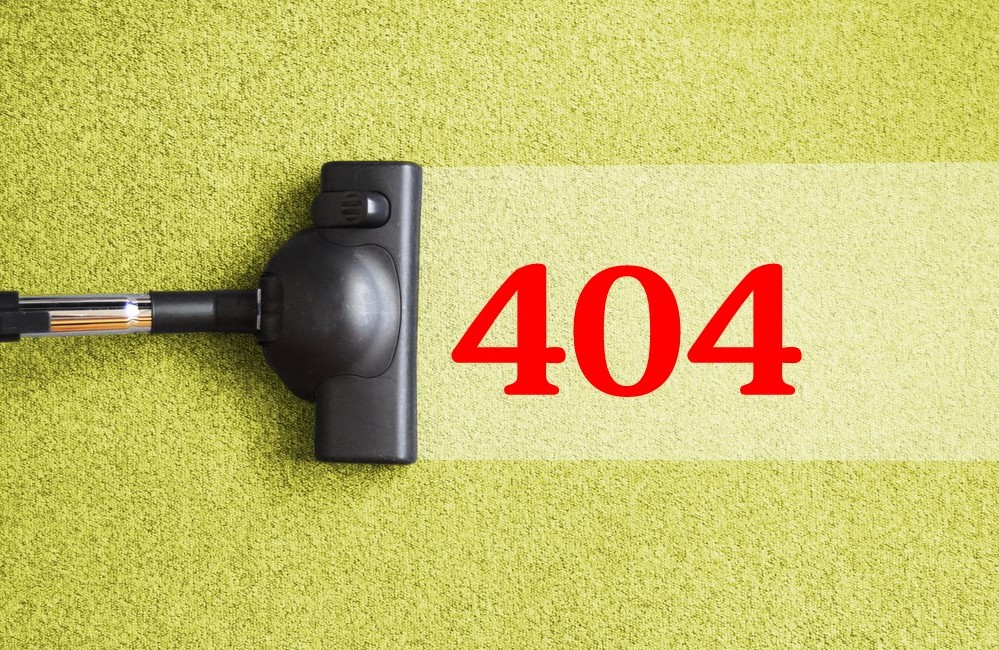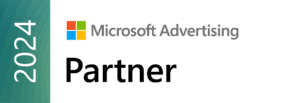 Your organic SEO efforts have paid off. A user has been enticed by your link in Google’s search results. They click…and instead of going to the content that attracted them, they get a big “404 Error-Page Not Found” headline staring them in the face. The user clicks the back button and moves on with their search.
Your organic SEO efforts have paid off. A user has been enticed by your link in Google’s search results. They click…and instead of going to the content that attracted them, they get a big “404 Error-Page Not Found” headline staring them in the face. The user clicks the back button and moves on with their search.
The 404 error is bad for business on a number of levels, not the least of which is that under the scenario above, you probably just lost a lead to your competitor. But it goes deeper than that.
The user who encountered the page may have gotten a bad first impression of your business—like you don’t know how to keep your site clean. The longer-term consequences are worse—if Google decides you can’t keep your site tidy, you’ll suffer a noticeable loss of ranking position.
Find Those Little Buggers
Your webmaster can use Google Search Console to identify 404 errors on your site. How easy it will be to implement fixes on your website depends on what type of Content Management System (CMS) you use.
You can do a bulk upload of all the 404s and 301s in one fell swoop.
One of the many advantages of a WordPress site is that WordPress offers several widgets that make implementing redirects easy. You can easily download the 404s from Search Console, you simply need to add the correct URL—the 301 Redirect—to the spreadsheet. Then you can do a bulk upload of all the 404s and 301s in one fell swoop.
Other CMS’ are less user-friendly when it comes to implementing 301s and require you to upload them one at a time. If you have a small site with only a handful of errors, that’s fine. But larger sites that have just undergone a migration may be dealing with thousands of 404 errors to fix. In that case, the option to bulk upload is a big time-saver.
Fixing 404 Errors
Fixing 404 errors is an ongoing project. You may be surprised at how many strange links can show up in your Search Console report if you run it. At periscopeUP, we recommend this on a monthly basis.
A mishmash of different URLS can get cached together and you can end up with an error that looks something like “mysite.com/about-%&32-contact-us-//directions”. Of course there’s no actual page on your site with that URL, but it’s still your job to tell the search engines where to redirect it.
Milliseconds matter when it comes to search engine ranking
This initial cleanup and ongoing maintenance will be enough for some sites. But if you have a large number of pages and rely on internal linking, you’ll want to go one step further. Let’s say your typical page has multiple links in to other places on your website. For example, companies that have a vibrant blog will include links to product and service pages in the posts. A site built on news will have links to previous, relevant content.
Your 301 redirects will ensure that anyone who clicks on these internal links gets to the right place, but if there is a large number, that comes at a cost. At a minimum, the redirect slows the response time of the server—not drastically to the human eye, but milliseconds matter when it comes to search engine ranking. At worst, pages can end up with multiple redirects and put the user in a loop that ends with the same frustration you were trying to avoid to begin with.
Make It Clean and Fast
There are two possible solutions in these cases. The first is to fix the links on your site’s internal pages. Take out the original link that’s become outdated and replace it with the correct URL. There’s no longer any 301 redirect necessary. Your site just became cleaner and faster in the eyes of Google.
Companies with large sites may find it more realistic to focus internal linking cleanup on a handful of their most popular pages.
The downside to this approach is time—there’s no way to avoid the need for having someone manually comb through all the pages and correct each link. There’s no bulk upload or other hack to make it faster. Either you or someone on your staff is going to be very preoccupied and bleary-eyed to get this done.
Companies with large sites may find it more realistic to focus internal linking cleanup on a handful of their most popular pages. For less-trafficked posts, you may have to bite the bullet and just let those pages lapse. That means accepting a 404 error with the link. In this case, we suggest to make the best of it—you can still optimize your 404 page to maximize your chances of keeping the prospect on your site.
It’s Worth It!
This entire process can seem tedious, and it is. It’s also necessary. Google is in the business of delivering searchers to the content they want, as quickly as possible. If your site is loaded down with 404 errors, or spinning about with an excessive number of redirects, you aren’t providing Google with what they need. And the price for that is not one you want to pay.
On the other hand, keeping your site fit and clean will improve rankings which is good for business.
Need help making your site cleaner and faster? Contact Us today and find out how.







